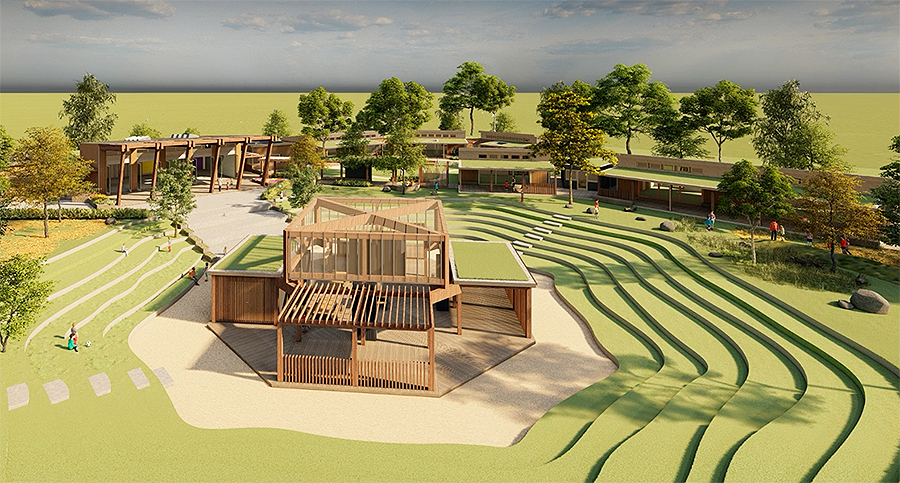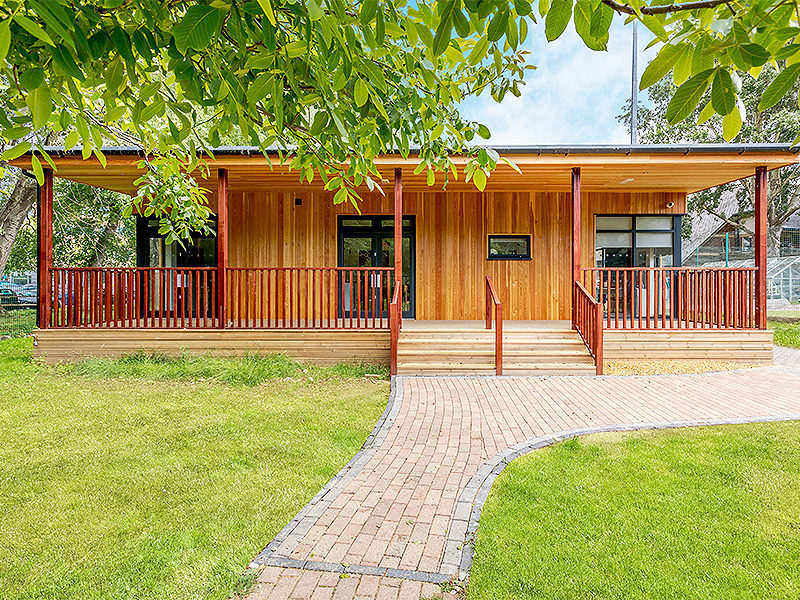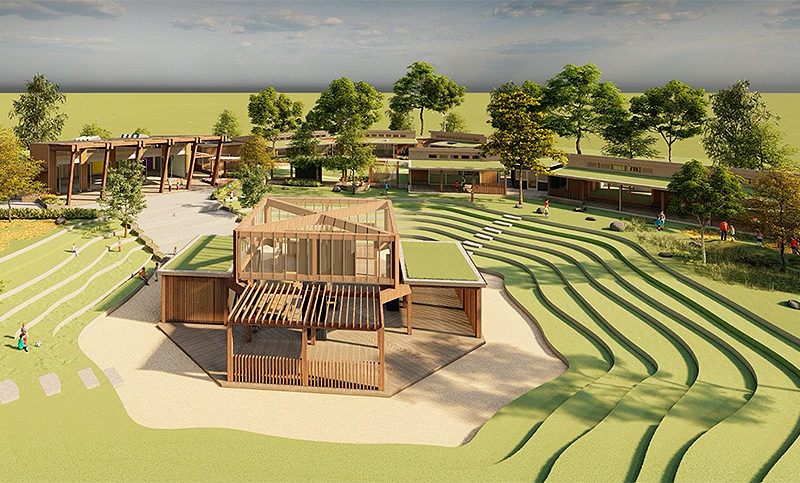The UK is facing a mental health crisis. Everyone working in construction will be aware of how much the built environment can affect the well-being of occupants.
TG Escapes
Nature inspired or biophilic design has been proven to improve educational outcomes in education, speed up recovery or reduce the need for medication in the health sector and provide a more relaxed and human work environment for office workers.
TG Escapes Modular Eco-Buildings have produced a certified CPD in partnership with Building Magazine which explores the themes of biophilic design and biodiversity net gain.
This CPD will address the advantages of including both these elements in the built environment, within the context of the construction industry’s strategies to achieve better outcomes for a building’s occupants. It includes an overview of the 10 patterns of biophilic design, their attributes and benefits.
Can buildings be built in such a way that they provide a positive impact upon people’s everyday lives? The answer to this in recent years has been a resounding yes.
The construction industry has embraced a number of building performance systems to reflect the drive towards designing and delivering buildings that increase the wellbeing of occupants, through the use of natural elements such as sunlight and fresh air.
Building performance systems such as WELL assess, measure, certify and monitor features of the built environment that impact human health and wellbeing, through air, water, nourishment, light, fitness, comfort and mind.
Biophilia and biophilic design
A number of academics and researchers have looked into the positive effects of nature being incorporated into the built environment. In 1984 US biologist Edward Wilson argued that humanity’s affinity for nature was innate and evolutionary, and that it binds us all to other species.
Biophilic design provides a calming environment that benefits occupants, whether in homes, schools, hospitals or workplaces. Growing numbers of firms across the construction industry are approaching building schemes with a mindset that revolves around biophilia.
The word “biophilia” is derived from the Greek: “bio” meaning life, and “philia” often being translated as “brotherly love, friendship, or affection.”
In Greek and Roman architecture, open-air courtyards were the centre of the home, with gardens, fountains and sculptures providing a calming respite, fresh air, natural light and views of nature.
Biodiversity in construction
As well as employing biophilic techniques when drawing up plans for a project, construction firms are increasingly being encouraged – and in some cases mandated – to consider creating biodiversity gains across their schemes.
Biodiversity is essential to maintain a healthy, stable environment which, in turn, is crucial for the continued provision of life systems upon which human life depends. A healthy ecosystem also plays a vital role in climate stability and disease limitation.
For new-builds where biodiversity net gain is a prerequisite, the industry could be making much more of the opportunity this presents to think about enhancing one or more of the biophilic principles referenced in this CPD module.









